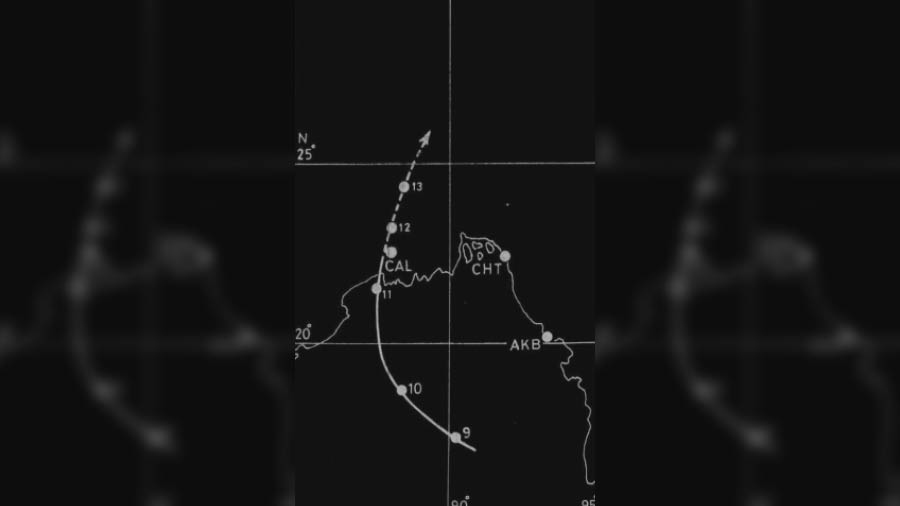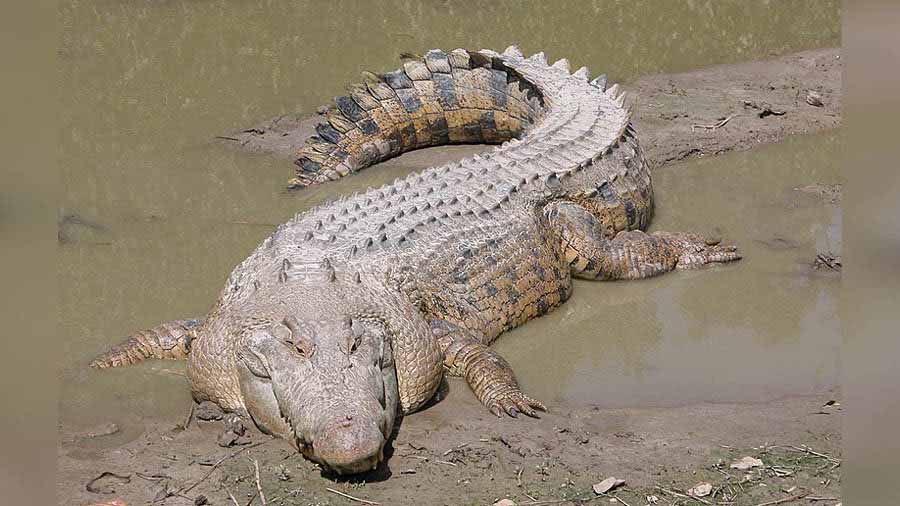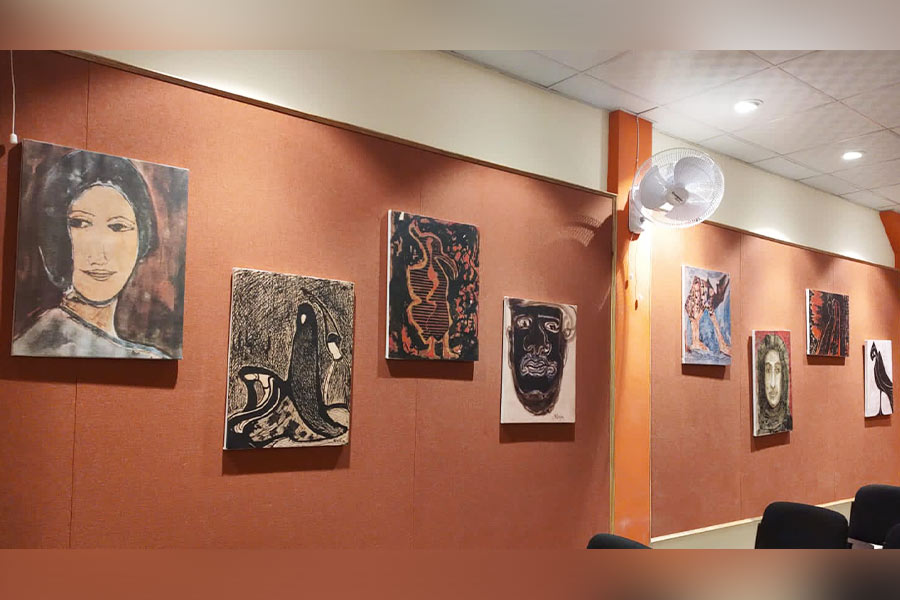It is still debated what happened in Calcutta on the night of October 10 (or 11), 1737. Was it an earthquake, a tropical cyclone or a tsunami? Opinions remain divided because the event happened so long back that it is difficult to assess it correctly. A firsthand account is found, penned by Thomas Joshua Moore, the zamindar of the East India Company. In his official report, Moore wrote that the inhabitants of the “black” (native) town had been rendered destitute due to the ravages of the storm and hardly 20 thatched houses were standing the next day.
Two days later, he reported “Out of 32 Company buildings, 24 are listed as being beyond repair. Of 20 gates in the town walls 14 are “broke to pieces” and the door of greatly damaged puckka gate “is quite blown out from the wall”. Several bridges large and small for draining the towns were destroyed and the river banks near the market place eroded so much that there was no space to construct temporary warehouses to import relief supplies of grain”. The incident even found mention in Gentleman's Magazine and London Magazine.
The London Magazine wrote “...there happened a furious Hurricane at the mouth of Ganges, which reached 60 leagues up the river. There was at the same time a violent shock of an earthquake, which threw down a great many houses along the river side; in Galgota (Calcutta) alone, a port belonging to the English, 200 houses were thrown down and the high and magnificent Steeple of the English Church sunk into the ground without breaking. It is computed that 20,000 Ships, Barks, Sloops, Boats, Canoes & c. have been cast away. ….300,000 souls are said to have perished. The water rose forty feet higher than usual in the Ganges.”
“It is computed that 20,000 Ships, Barks, Sloops, Boats, Canoes & c. have been cast away. ….300,000 souls are said to have perished. The water rose forty feet higher than usual in the Ganges”
A report in The London Magazine
A similar reference is also found in the Gentleman’s Magazine – “On October 11 last, happened a furious Hurricane in the Bay of Bengal, attended with a very heavy Rain which raised 15 Inches of water in 6 Hours, and a violent Earthquake, which threw down [an] abundance of Houses; and as the storm reached 60 leagues [=300km] up the River Ganges, it is computed that 20,000 ships, Barks, Sloops, Canoes have been cast away. A prodigious quantity of cattle of all sorts, a great many Tygers, and several Rhinoceroses were drowned; even a great many Caymans [crocodiles] were stifled by the furious agitation of the waters, and an innumerable quantity of Birds was beat down into the River by the Storm.”
Sir Francis Russell, a grandson of Oliver Cromwell, who was living in Calcutta at the time wrote: “Such a scene of horror as that night was, I never saw or heard of. Such terrible gust of wind like the loudest thunder, and torrents of rain, that I expected every moment the house I live in, which I believe the strongest in the town, wou’d have fallen on my head. The noise was so violent above stairs, that myself and family was obliged to go down and stay below till morning with poor Mrs. Wastell and her children, who fled to our house for shelter, the doors and windows of hers being burst from the walls. But good God, what a sight was the town and the river in the morning!"

The presumed path of the 1737 Calcutta cyclone
Wikimedia CommonsThe casualty figure of 3,00,000 has been widely debated since Calcutta didn't have anything close to that kind of population living in the region back then. However, from the description of wild animals which perished in the calamity, it seems probable that the event wreaked havoc on the entire south Bengal delta and not just the Calcutta area. Several 500-tonne ships were said to have been flung as far as 200 yards. Three large ocean going ships by the names of Decker, Devonshire and Newcastle were picked up and smashed on the river bank and broke into pieces. One ship of the name Pelham literally vanished and was never seen again.
However, one particular incident narrated of the next day will probably send shivers down the spine of the reader. A French ship was found to be lying near the bank with parts of it submerged in the river. The ship had docked only the day before and hadn’t been unloaded. Next day, when the rain and wind had receded, the traders tried to recover whatever was left from the ship’s ruins. One man was lowered by ropes inside the hull of the fallen ship - he was throwing out the chests and sacks outside.

Saltwater crocodile of eastern India
Wikimedia CommonsBut, after a while, there was no sound of him. The people outside called out several times, but on not finding any response, another man was sent down. But soon this man also ‘vanished’. The people outside now became tense and scared. Some of them argued that the men were rascals who had grabbed the cargo and probably swam out to the river from the other side. Finally, one man agreed to go down and inspect - but again there was a repeat of the incident. He also vanished in thin air. There were only the sounds of the river waves splashing on the inner walls of the hull.
By then, it had started to turn dark. The assembly procured a few mashaals (torches) and climbed on top of the fallen structure and peered in. What they saw blew out their minds. Inside the hull was a gigantic river crocodile. Having devoured three victims, it was awaiting a fourth. It had probably entered the fallen ship through a crack in the wall to protect itself from the monster storm and then had a feast inside. When the beast was finally slain with a lot of difficulty, the remains of the three unfortunate men were found in its entrails. A gory tale that played out on the banks of the Hooghly came to an end.








